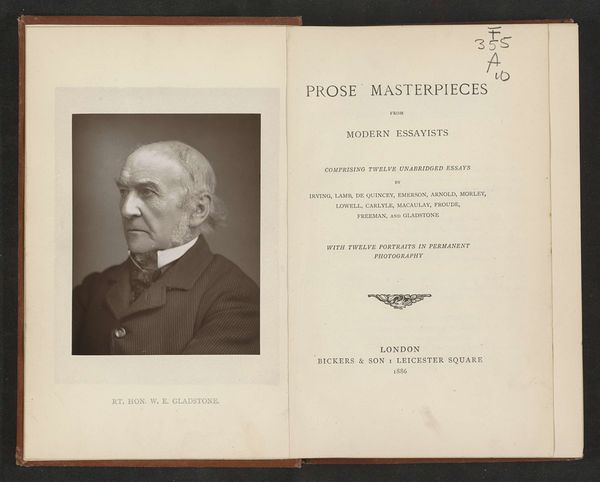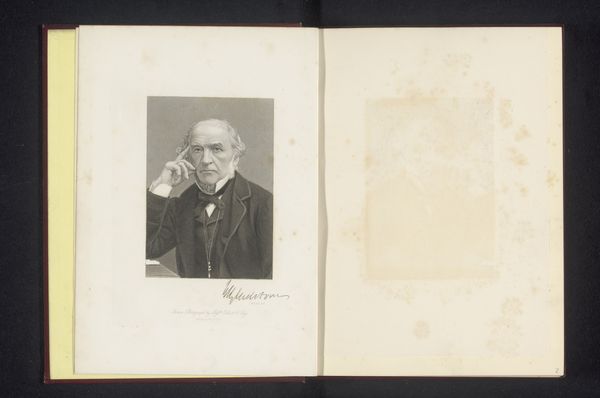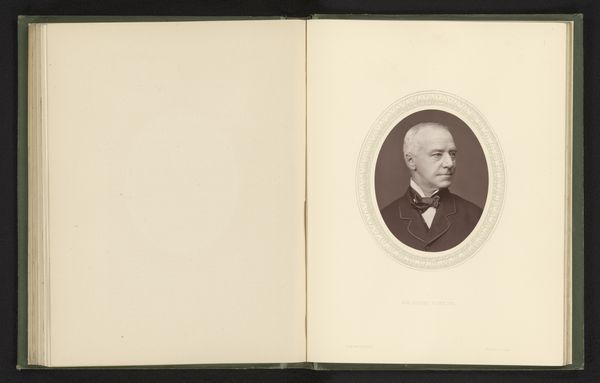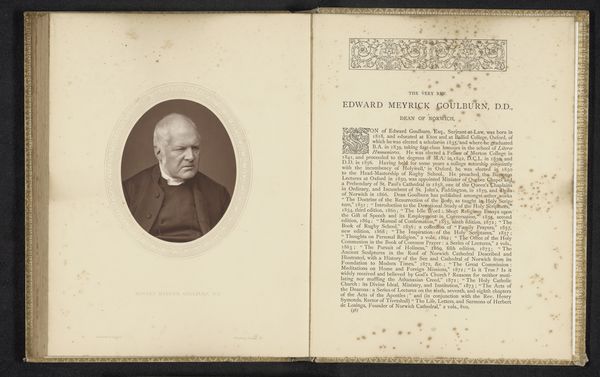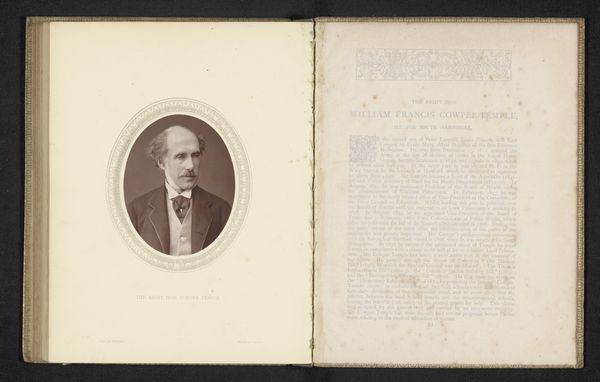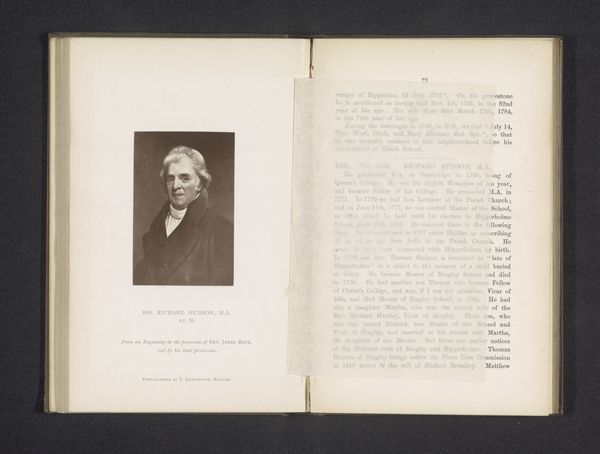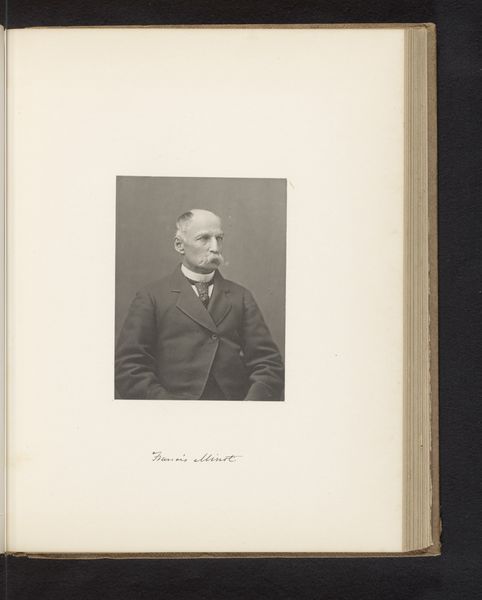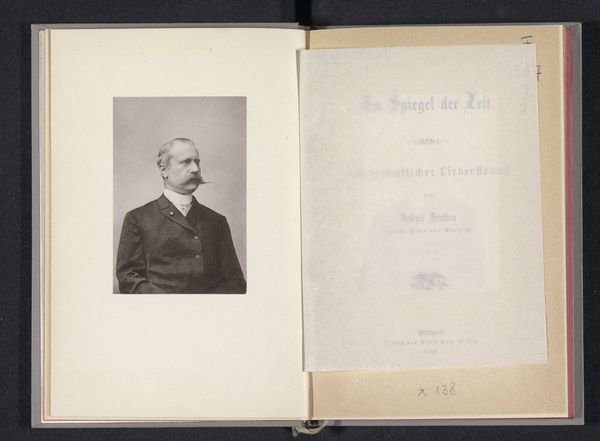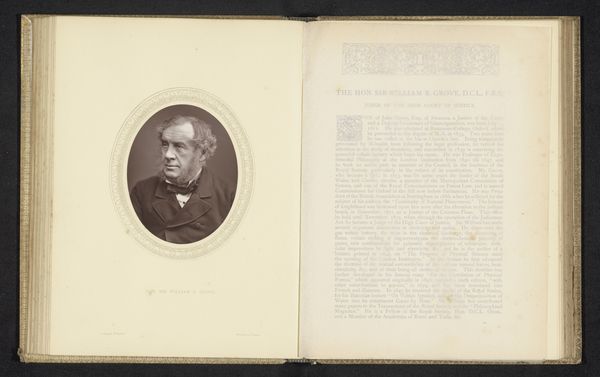
print, photography, albumen-print
#
portrait
# print
#
photography
#
albumen-print
#
realism
Dimensions: height 117 mm, width 92 mm
Copyright: Rijks Museum: Open Domain
Editor: So, here we have an albumen print, a photograph titled "Portret van W.E. Gladstone," dating to before 1886, attributed to Elliott & Fry. It's mounted in a book. The print itself seems quite serious, formal, even a little severe. What historical narratives does this photograph evoke for you? Curator: Well, the photographic portrait became a powerful tool for constructing and disseminating images of power and influence in the 19th century. Gladstone was a towering figure in British politics, and a portrait like this serves a very specific purpose. Think about it: Who commissioned this image, and for what reason? Editor: That's a great point. Perhaps it was a way for Gladstone to project a certain image, a sense of authority and trustworthiness, given that photography was becoming more widespread and accessible? Curator: Precisely. And Elliott & Fry were a major studio, catering to the elite. Their portraits helped to shape public perception of Victorian society's key figures. This image isn't just about Gladstone as an individual; it's about the institutions and power structures he represented. Do you notice anything interesting about its presentation within this bound volume? Editor: Now that you mention it, it feels very deliberate, placing Gladstone amidst printed text, almost as if he's a character in a significant book of the era. The pairing emphasizes his legacy and influence. Curator: Yes, consider how such portrait albums circulated. These images became collectible objects, reinforcing social hierarchies. This format invites us to see Gladstone not only as a statesman, but as a figure enshrined in a particular historical narrative. Editor: I hadn't thought about it that way. Seeing the image as part of the broader social and political landscape really opens it up. Thanks for the perspective! Curator: Absolutely! It's crucial to remember that images don't exist in a vacuum; they’re always embedded within power dynamics and cultural narratives. Looking at this helps me contextualize how public perception gets influenced by this early form of media.
Comments
No comments
Be the first to comment and join the conversation on the ultimate creative platform.

